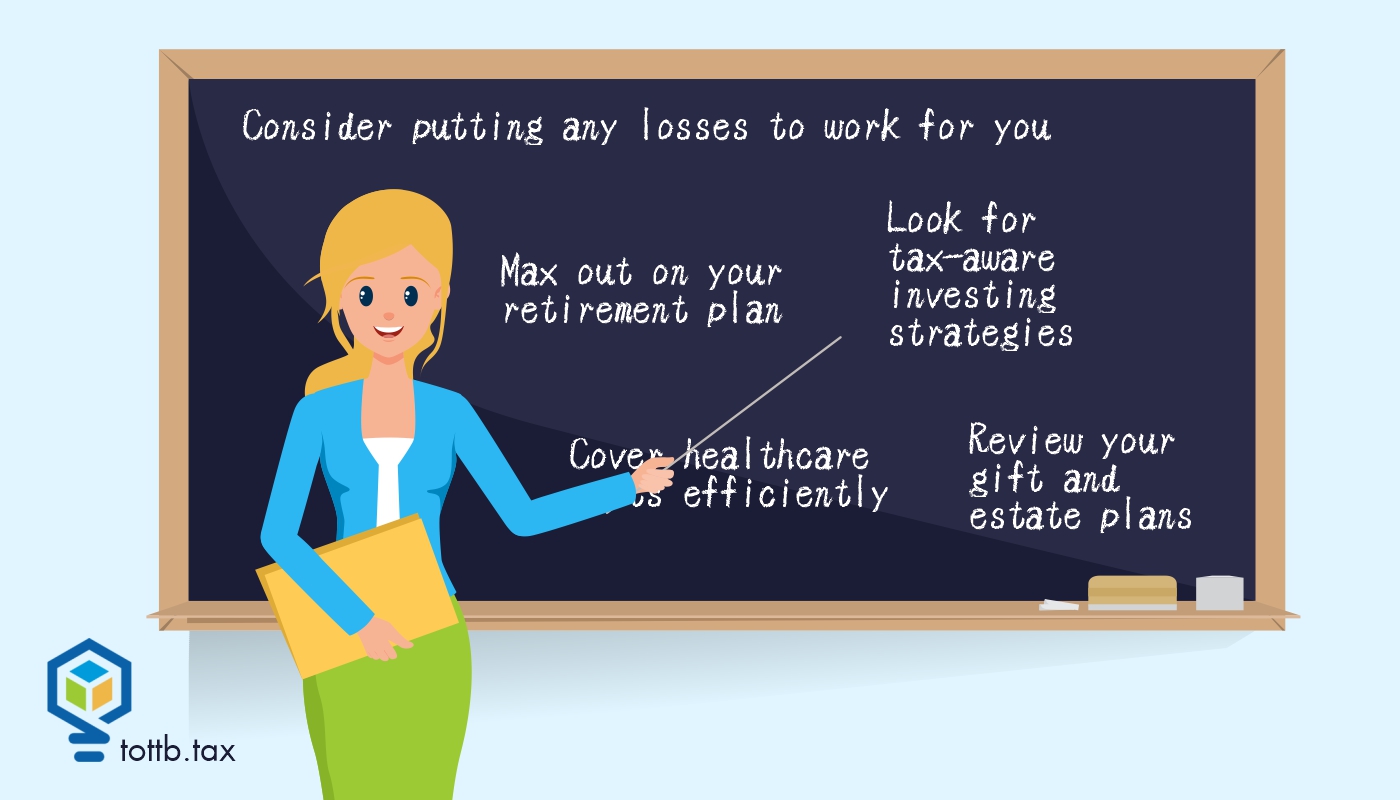A new school year is here and, for many families, so are the worries over the cost of tuition and other college expenses. The cost keeps skyrocketing every academic year, and these days that diploma comes with an average of almost $29,000 in debt for most graduates. Many of them also carry that debt well into middle age. Families paying for these educations need every break they can get. The federal government offers education tax credits (and other tax breaks on college costs), but don’t assume your client has the brain space at this stage of life to learn about them. Even your clients who can afford college would appreciate learning about ways to save on higher education. Here’s what to tell them.

An Analysis of the OBBBA’s Trump Accounts (Part 1)
The One Big Beautiful Bill Act, signed into law by President Trump on July 4, 2025, added a new tax saving tool for minors, the aptly named Trump Accounts. In this article, I go over the details of the new Trump Accounts. In part II, I will discuss some of the potential tax planning opportunities and pitfalls related to the new accounts.






